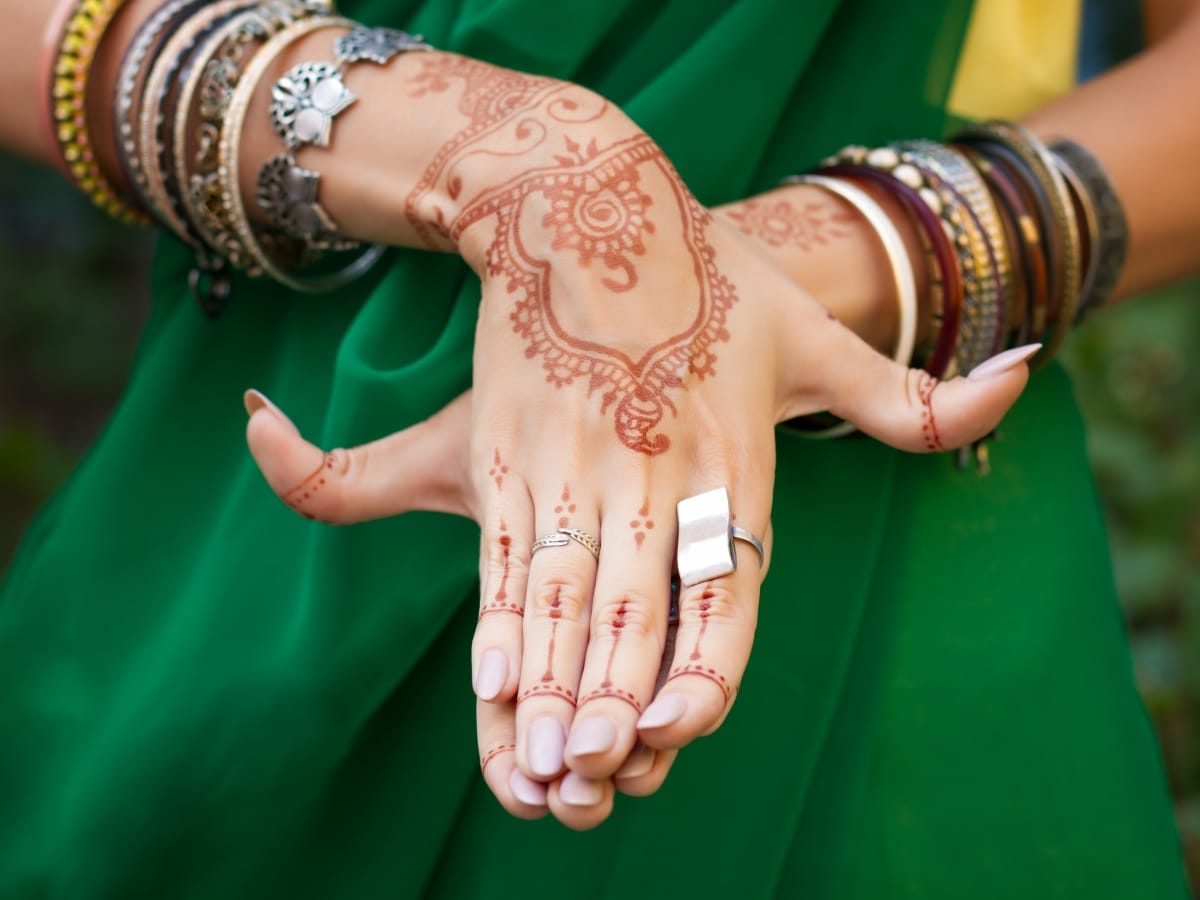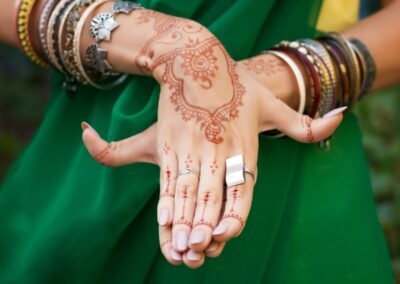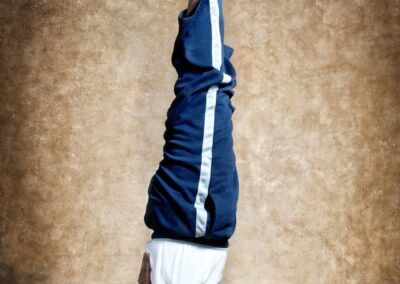Mudrās of two types
1.Yogic Mudrās: Mudrās performed with the entire body
2.Hasta Mudrās: Mudrās practiced with the fingers.
Hasta Mudrās are healing mudrās practiced with the hands. The yogic mudrās involve physical āsanās and holding them in a proper position. The hand (hasta) mudrās are about the fingers in different hand gestures. These mudrās are very useful when performed with adequate understanding. In our book, Healing Mudras we have also added audio and video meditations (links at the end of the book) for different sequences of mudrās for health and meditation. Deep breathing increases the focus on the mudrā and multiplies its effect. The mudrās can be effective otherwise, even if we hold them casually. However, the more we focus on the mudrās with a calm mind combined with deep breathing, the more their effectiveness improves. The mudrās help us at both the physical and mental levels.
Physically they help remove blocks in energy flow by balancing the elements. Mentally, they clear the clutter around the mind, aiding the proper flow of thoughts, giving us mental clarity.
Yoga mudrās are practiced with different bodily positions. They are different āsanās which are held for a longer amount of time. For example the Viparita Karani mudrā is to hold the body inverted for a longer amount of time. This is also similar to sarvāngāsana where the whole body is inverted. It has a very therapeutic effect on the body. This mudrā called viparita karani relaxes the body and heals the heart. When we are inverted the blood flows naturally from the toes or the legs to the heart, the heart does not have to pull the blood from the legs. In this way the heart muscles relax and calm down. There are many bodily mudrās, we will discuss them one by one in our upcoming articles.



